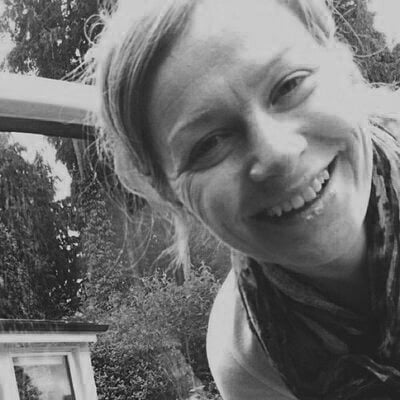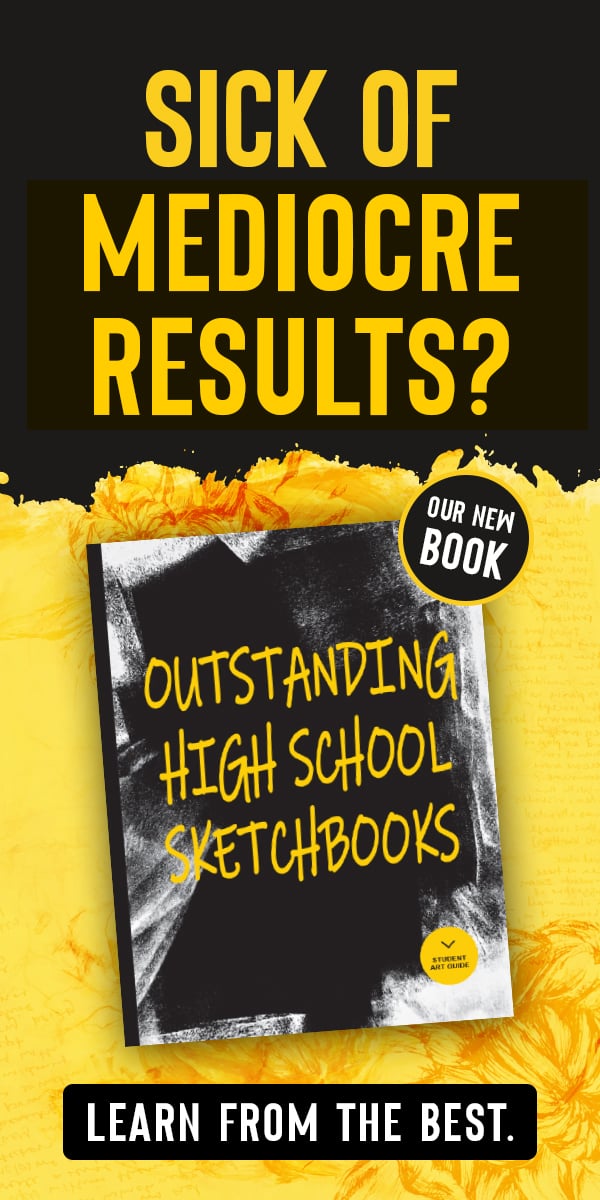Last Updated on April 2, 2023
This article features the International Baccalaureate artwork of Iris Cheung, completed as part of the IB Visual Arts Diploma Programme at Sha Tin College, Hong Kong, 2012. Throughout her Investigation Workbook and Studio Work, Iris challenges perceptions of identity using paint and photography.
We were lucky enough to interview Iris below:
Your IB Visual Arts project contains rich and varied subject matter that has been investigated in depth. Talk to us about the ideas that you have explored in your work.
My work aims to examine and challenge perceptions of identity through paint and photograph. Using people as the predominant subject matter of my work, the idea was to create ‘distorted’ or ‘off’ portraits that work against our normal expectations of someone of a particular age or gender. The portraits that I did of my grandma are my favourite – she’s animated, lively, and bold, contrasting how the elderly are often perceived. Although I wanted the pieces to be as dynamic as possible, it was important to retain her age in the painting process; following the likes of Lucien Freud, I focused on emphasizing the wrinkles on her face through demonstrating the cooler undertones in her flesh and creating texture.
The best part of the project was getting creative! I loved exploring a range of ideas before focusing on one issue. I was interested in reflecting Hong Kong’s ‘cosmetics culture’ and unhealthy obsession with beauty, and did so though examining the visual effect of repetition in creating an overwhelming (and near sickly) sense of affluence. (In the painting process, however, it was a massive technical challenge for me to get all the objects identical). I also tried painting from photographs of crumpled editorial portraits, which was inspired by Nigel Tomm and a fascinating way of distorting the face.
Your project contains a range of highly personal, exciting portraits. How did you ensure that you approach a common subject matter in an innovative and fresh way?
Whenever I began the process of creating a new portrait, it felt natural to begin with photography. It was important to use people I knew in real life as my subject matter, and building a rapport with whoever I was going to paint really helped me to encapsulate their identity on a deeper, more personal level. Taking photographic portraits prior to painting enabled me to explore a wide range of poses and facial expressions before choosing the most visually compelling images to work from.
Your workbook contains excellent annotation and analysis of artwork. What advice do you have for others who are struggling in this area?
A useful tool for art analysis is having a structure that can be followed regardless of the work. Having a structure ensures that you cover all aspects of the work, and that you are really scrutinizing the details. Analysis was much easier when I could split up my observations into components: composition, colour, and form, for example. If you struggle with accurately applying art vocabulary (as I did!), it might be helpful to develop a list of art-annotating terms that you can keep referring back to.
It helps to remember that good analysis is not necessarily positive; being critical of artwork enables you to develop your own stance and style as an artist. Where historical or social context has influenced the artist’s decisions, try to explain how it has impacted the art work.
Do you have any other advice for high school Art students who wish to gain excellent grades?
For me, art is really about getting inspired. It’s important to be exposing yourself to as much art as possible, and the type of art that you want to see in a gallery is potentially the type of art that you want to be creating. Student life can be hectic, but make time to go to the galleries and exhibitions. It helps to be learning from accomplished artists because seeing their talent and energy helps to pitch a high standard for when you’re thinking about how to develop your own work.
Be open to both ideas and criticism. Listen to your friends and teachers!


More information about Ian Murphy can be found on his website.

The journal pages above reference work by Lucien Freud and Chuck Close.








What is so successful about this investigation is the way that Iris is able to explore her concept in a broad ranging way that connects and develops ideas in a genuine process as the ideas have grown. She has not stuck with one successful formula; instead she has pushed her ideas around and taken risks by exploring different possibilities. You can see her learning from her experiments and building on her successes in this thorough investigation.

